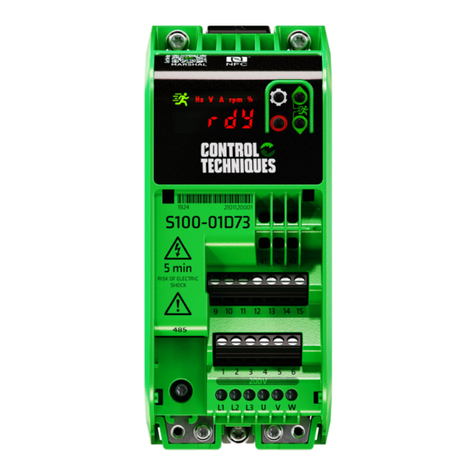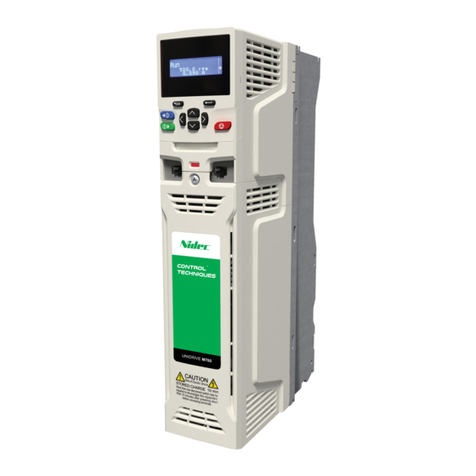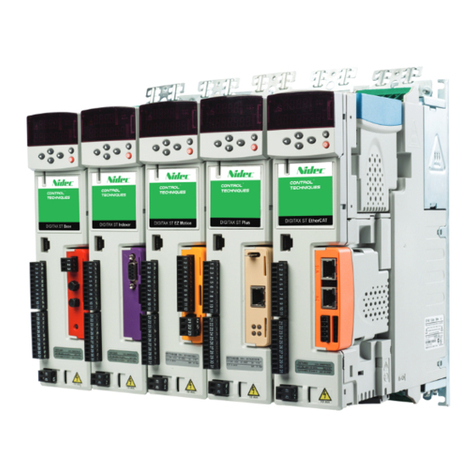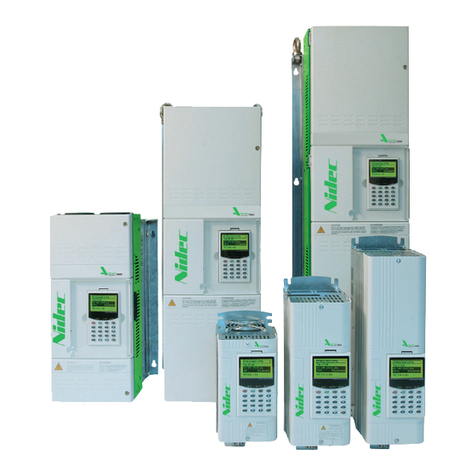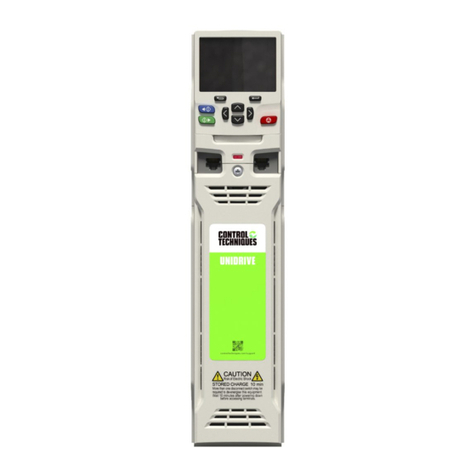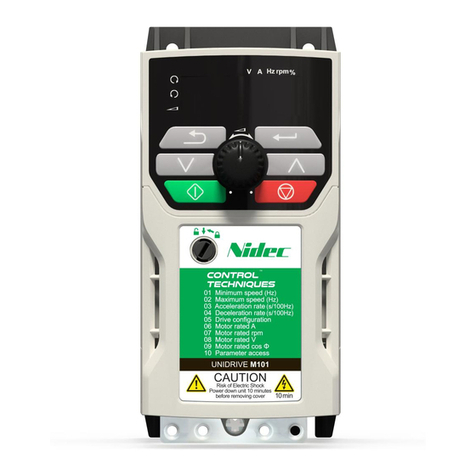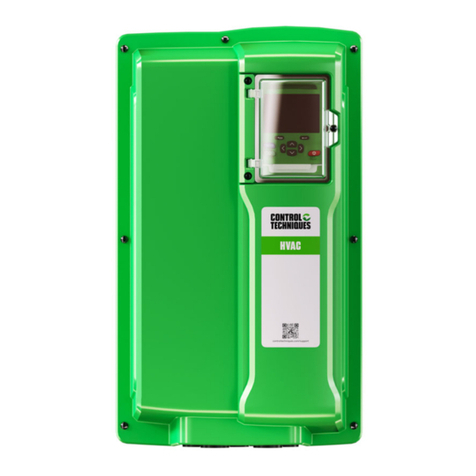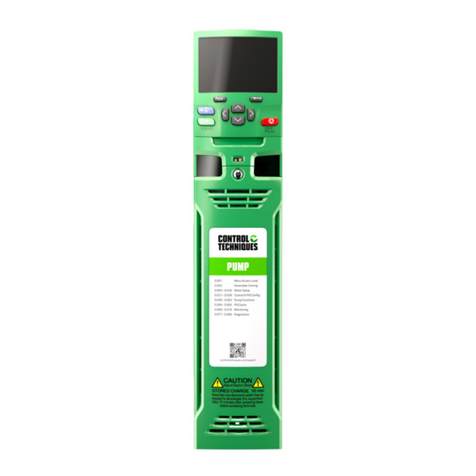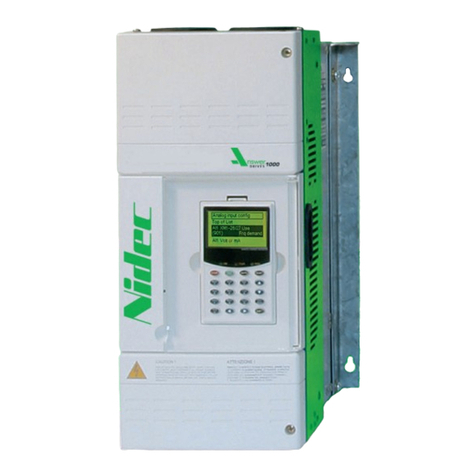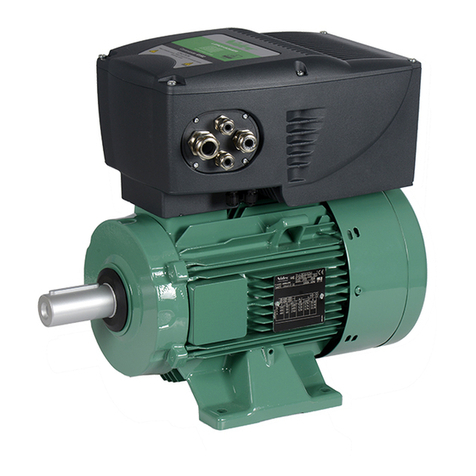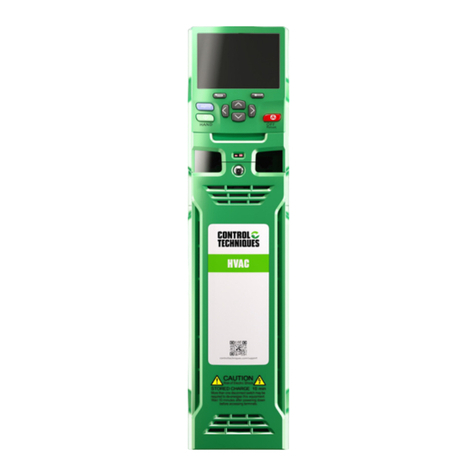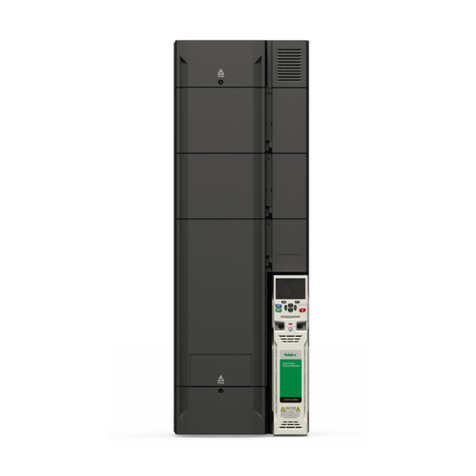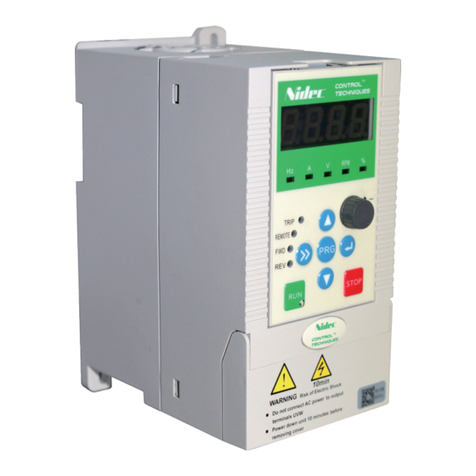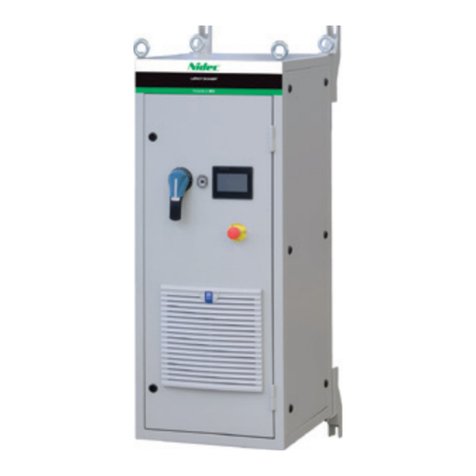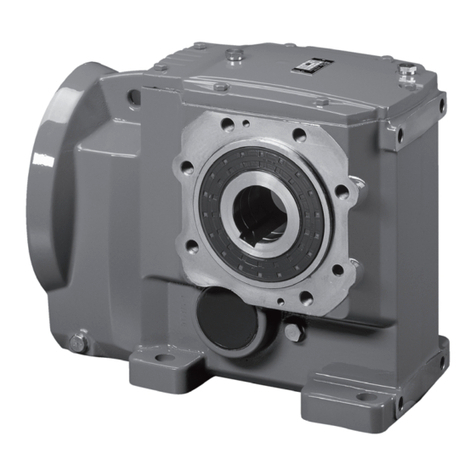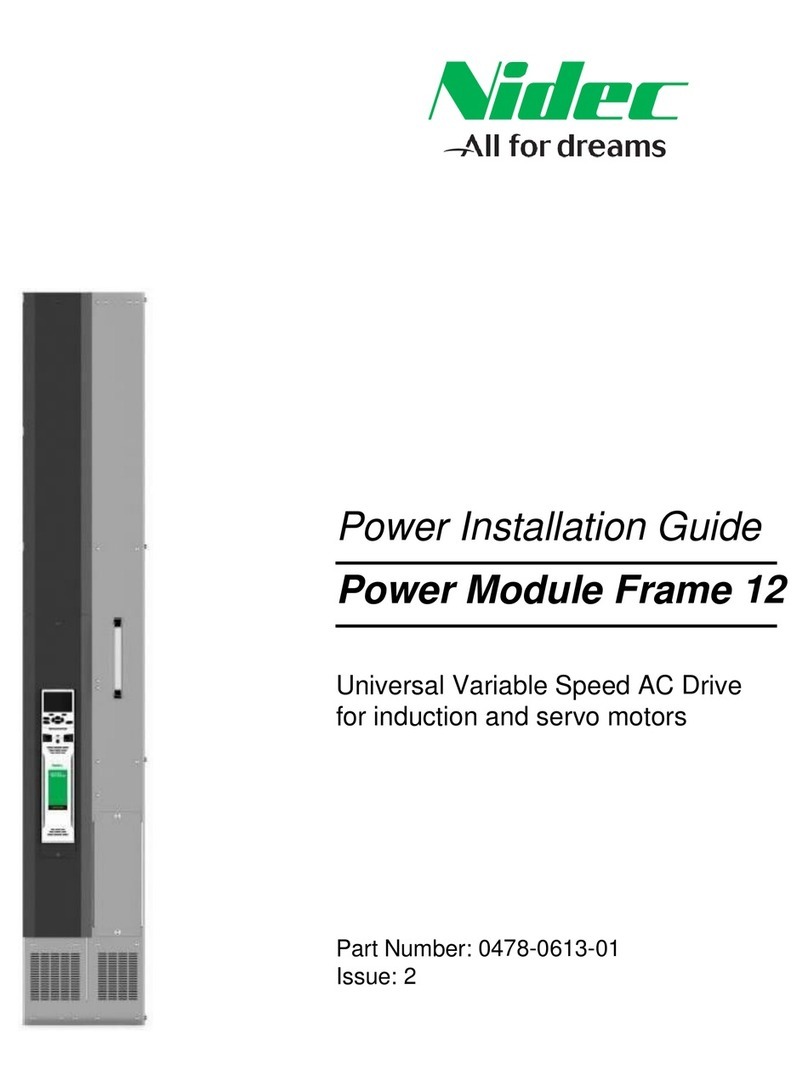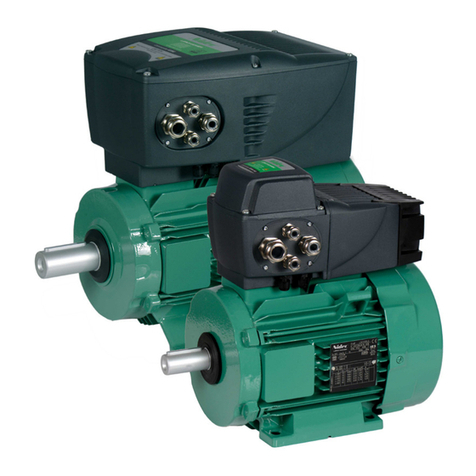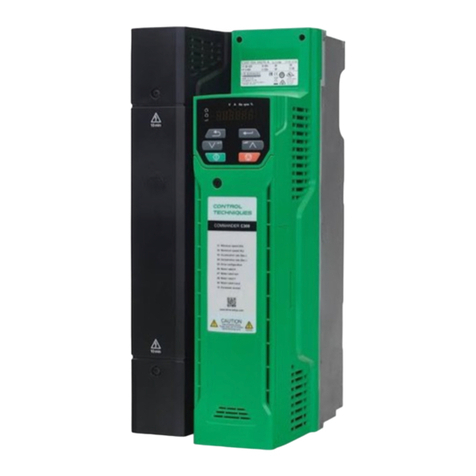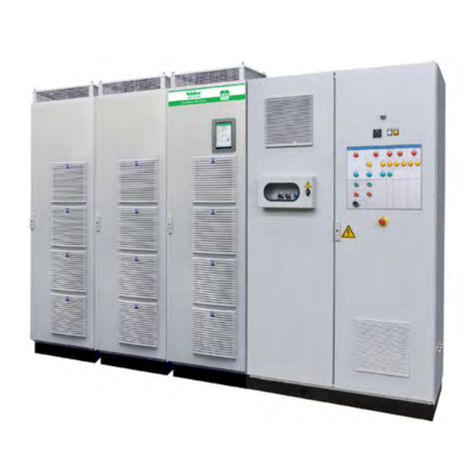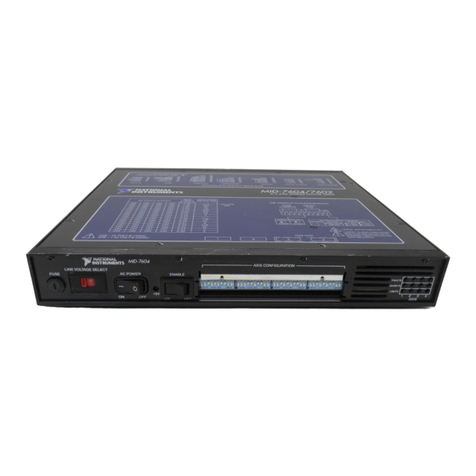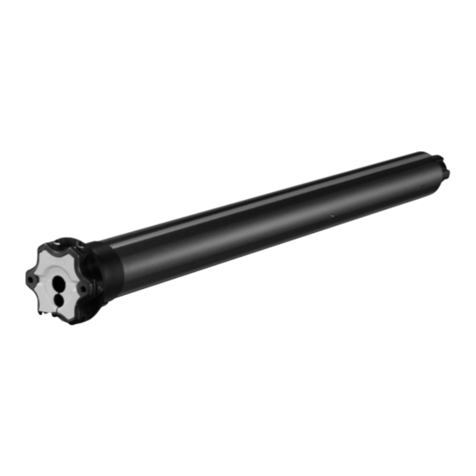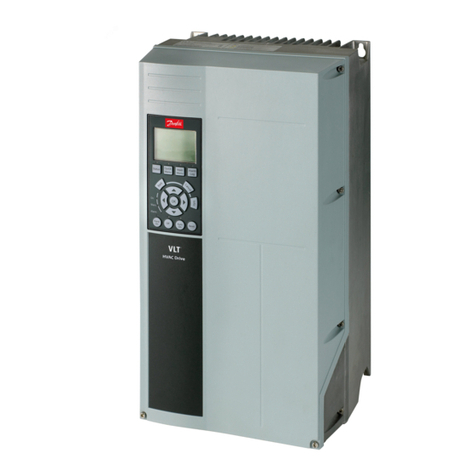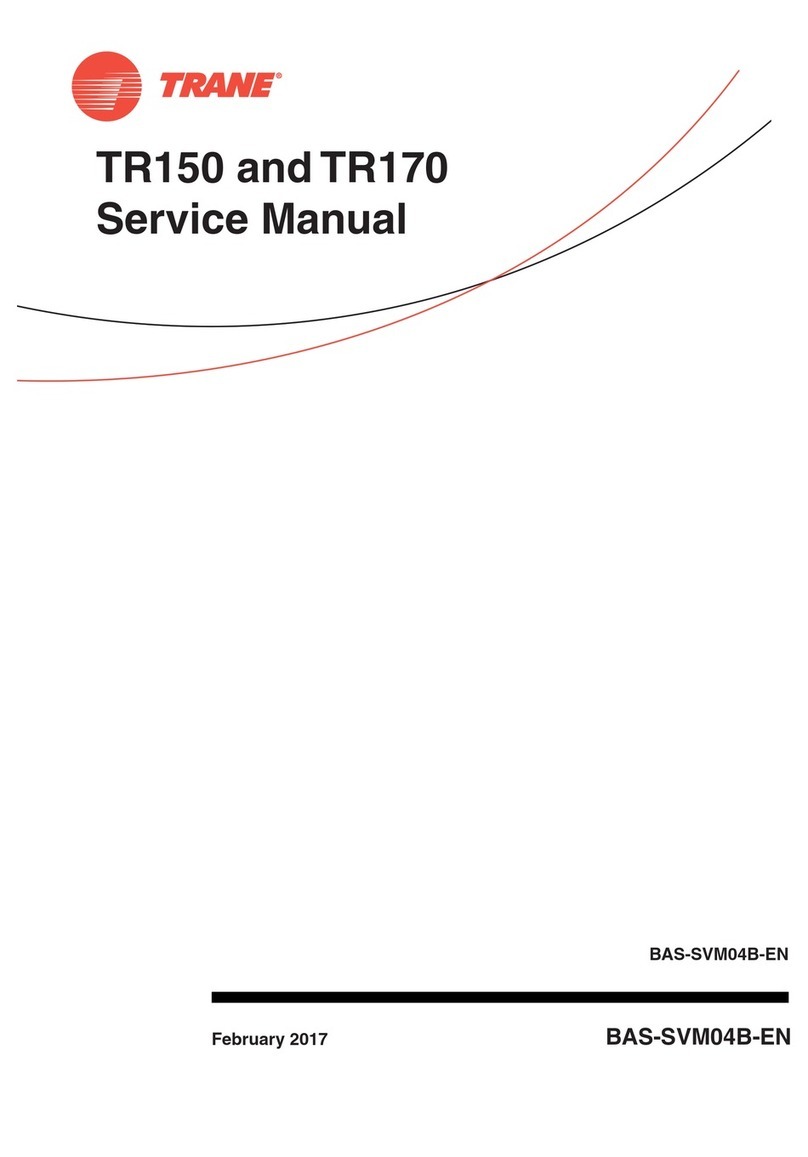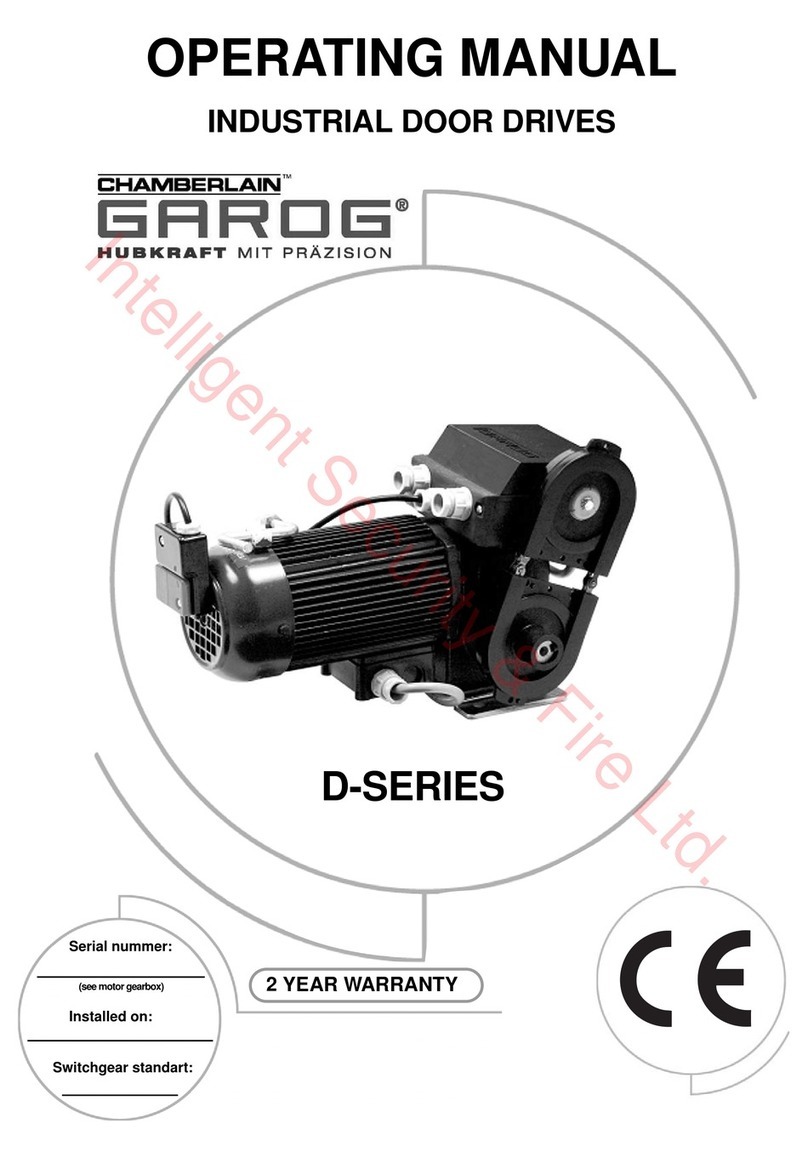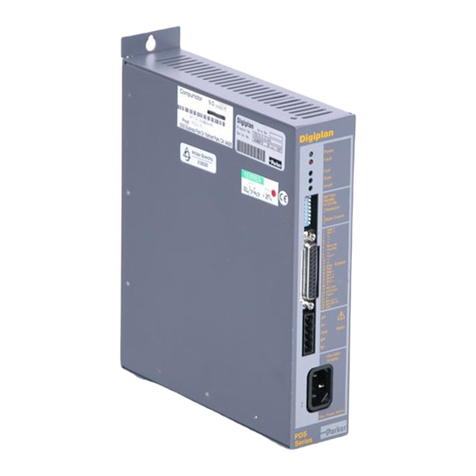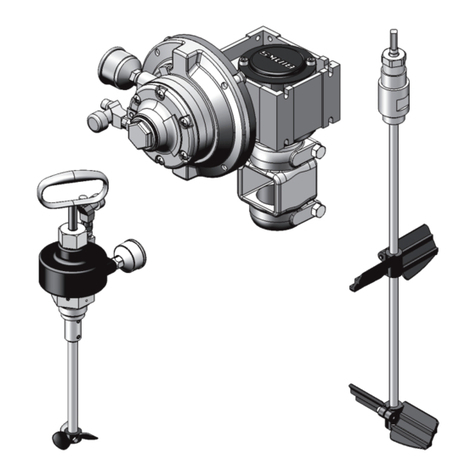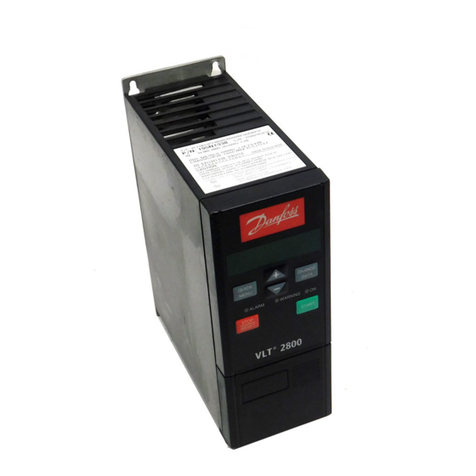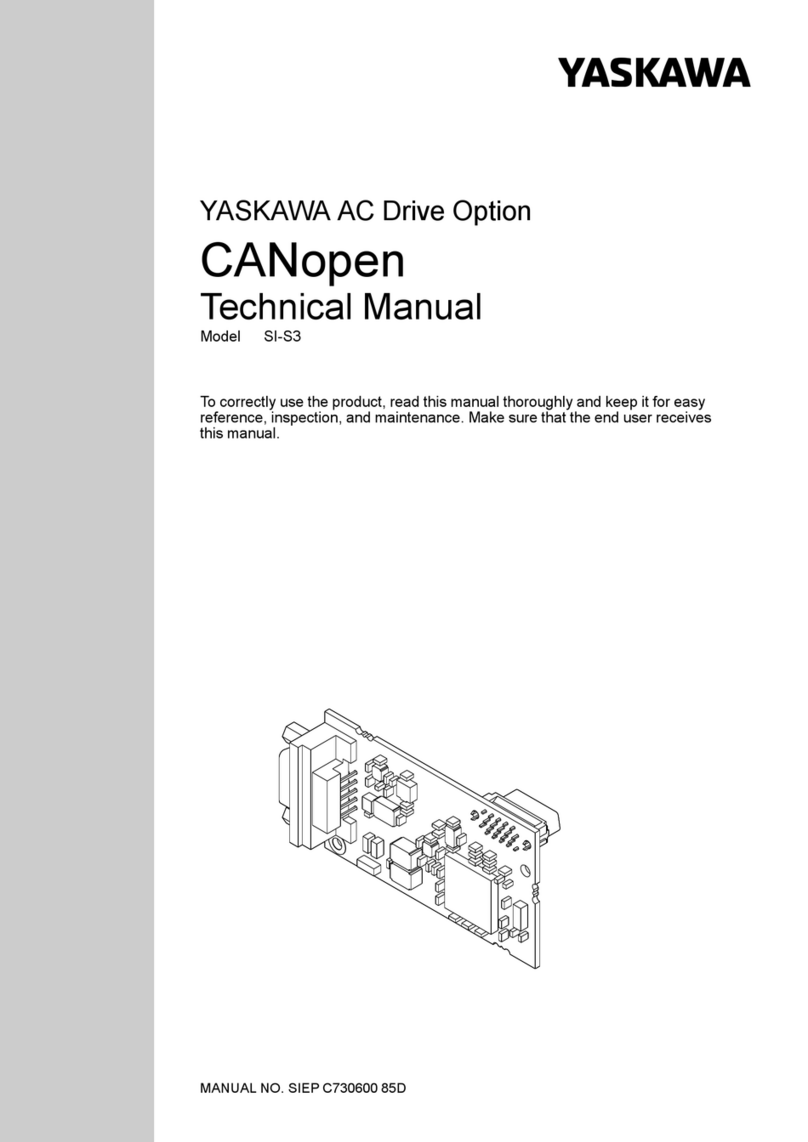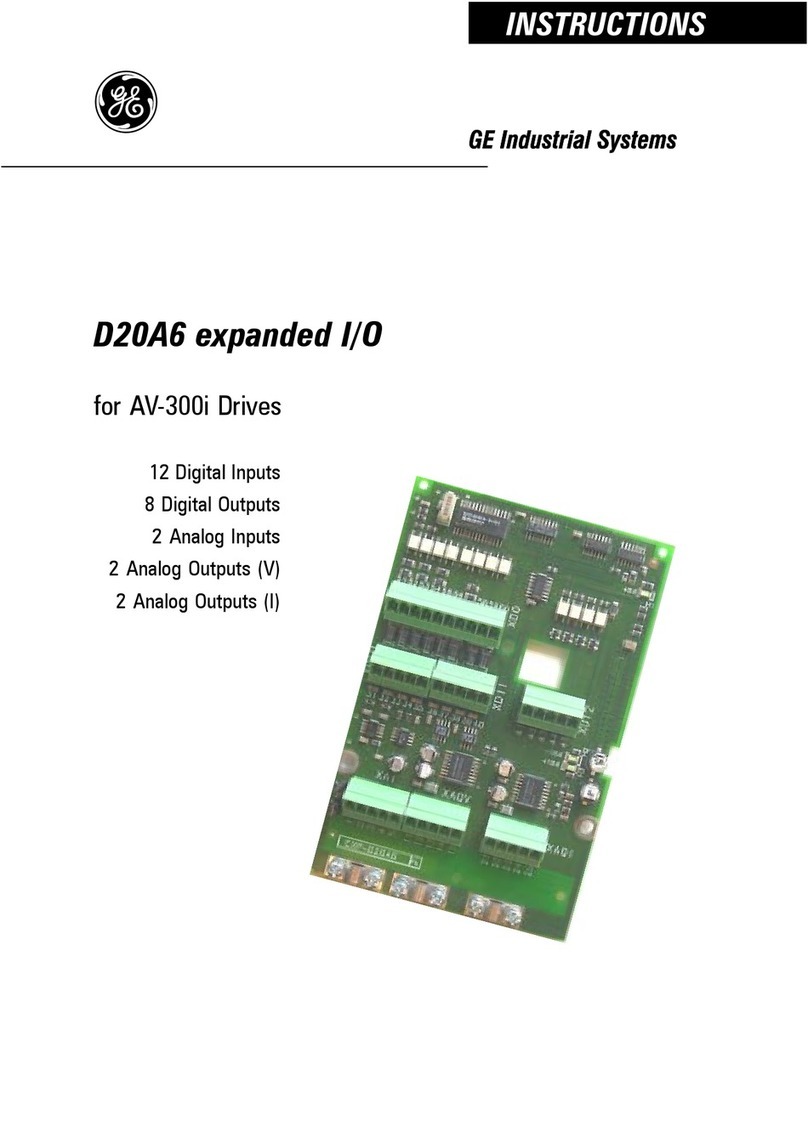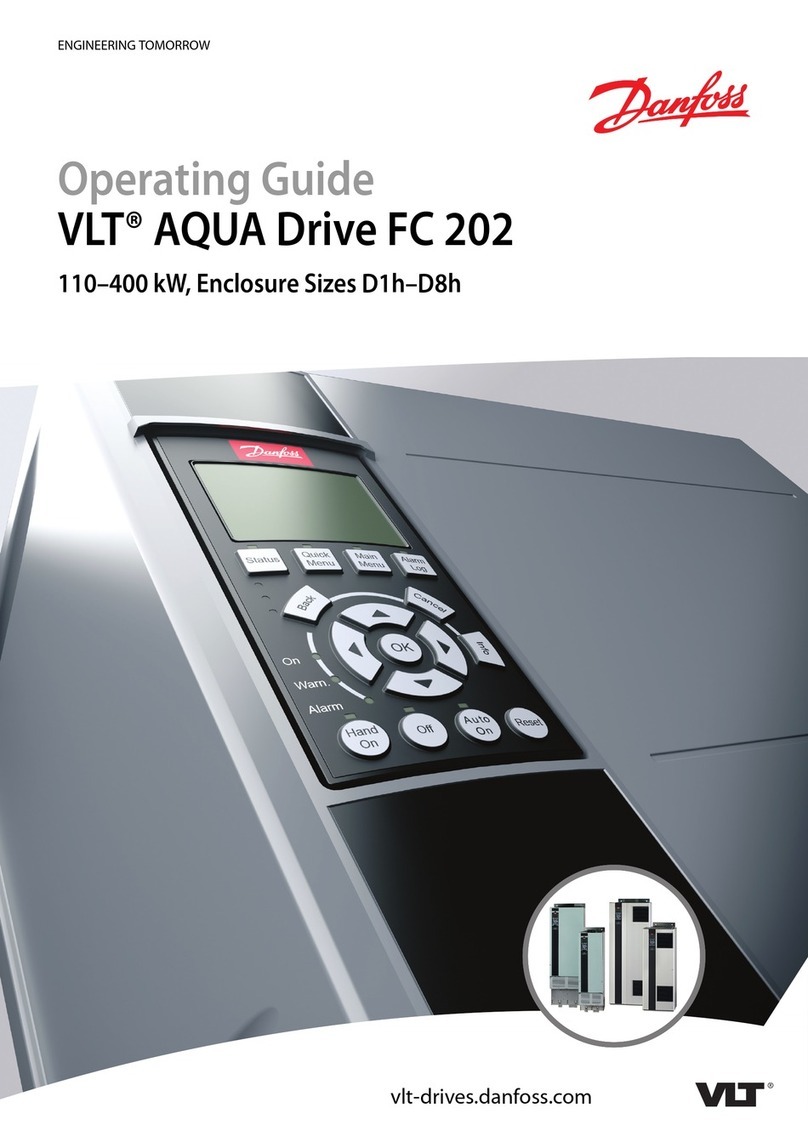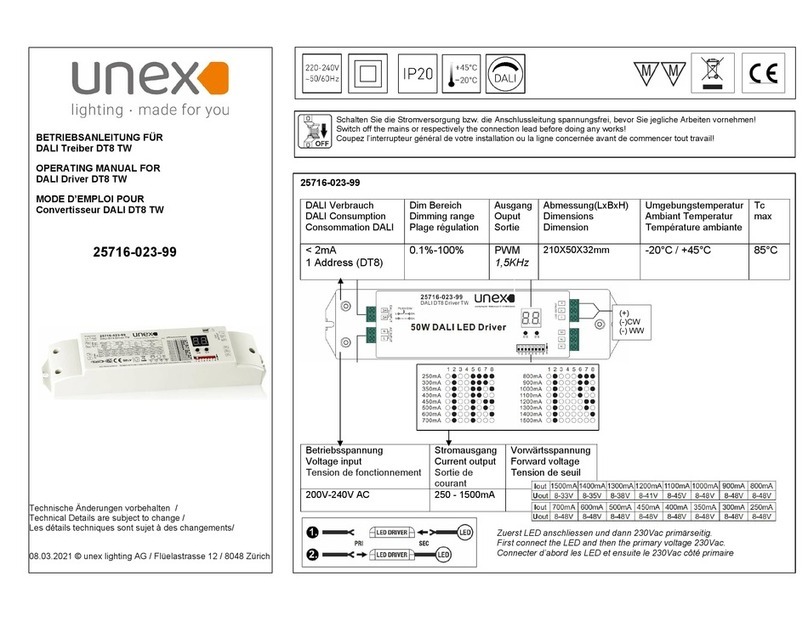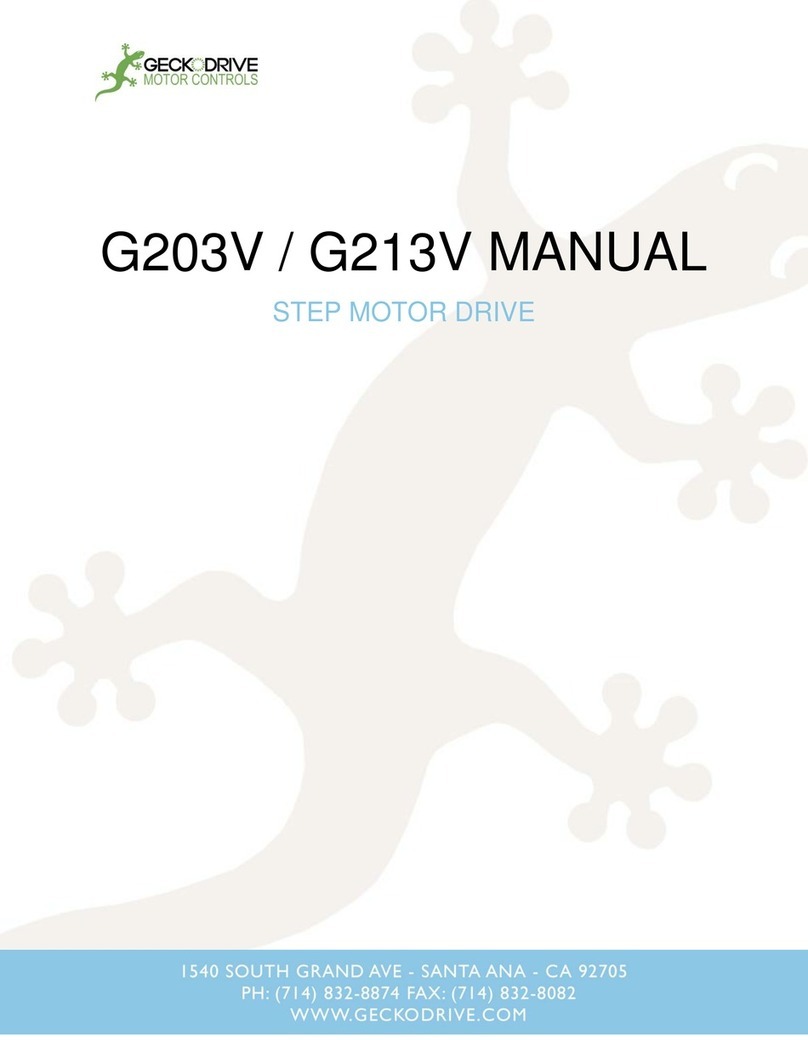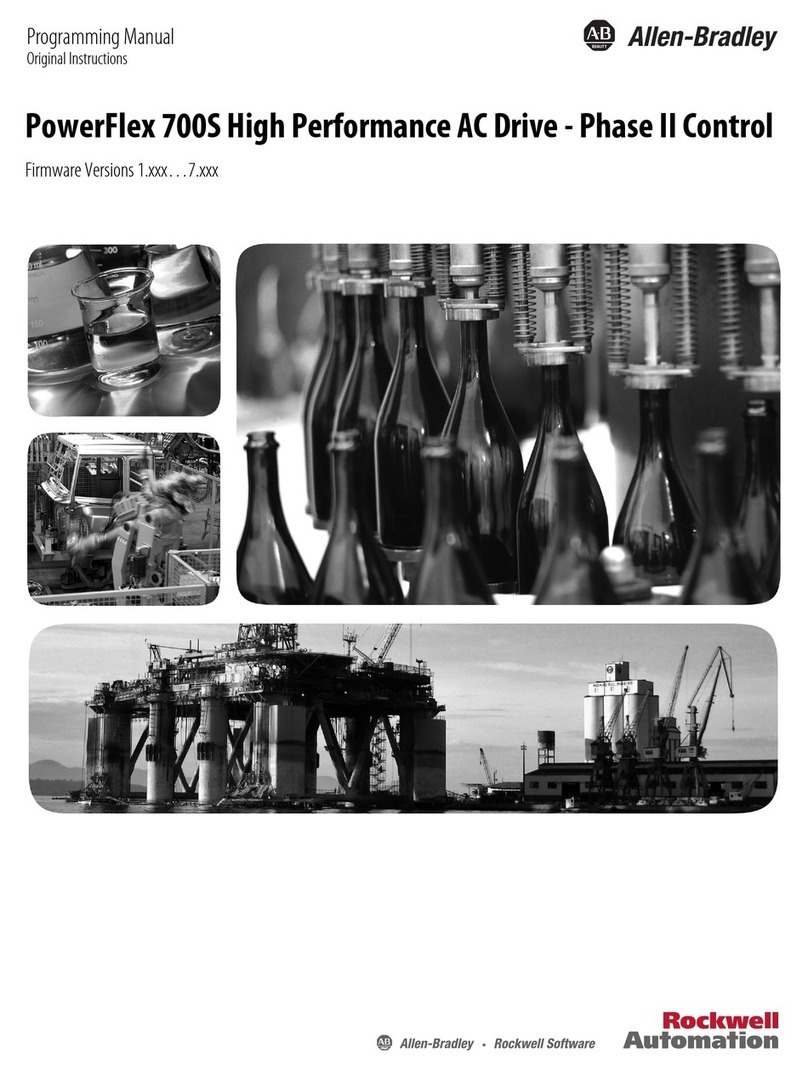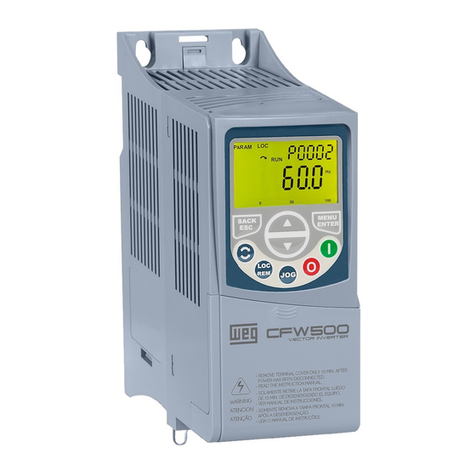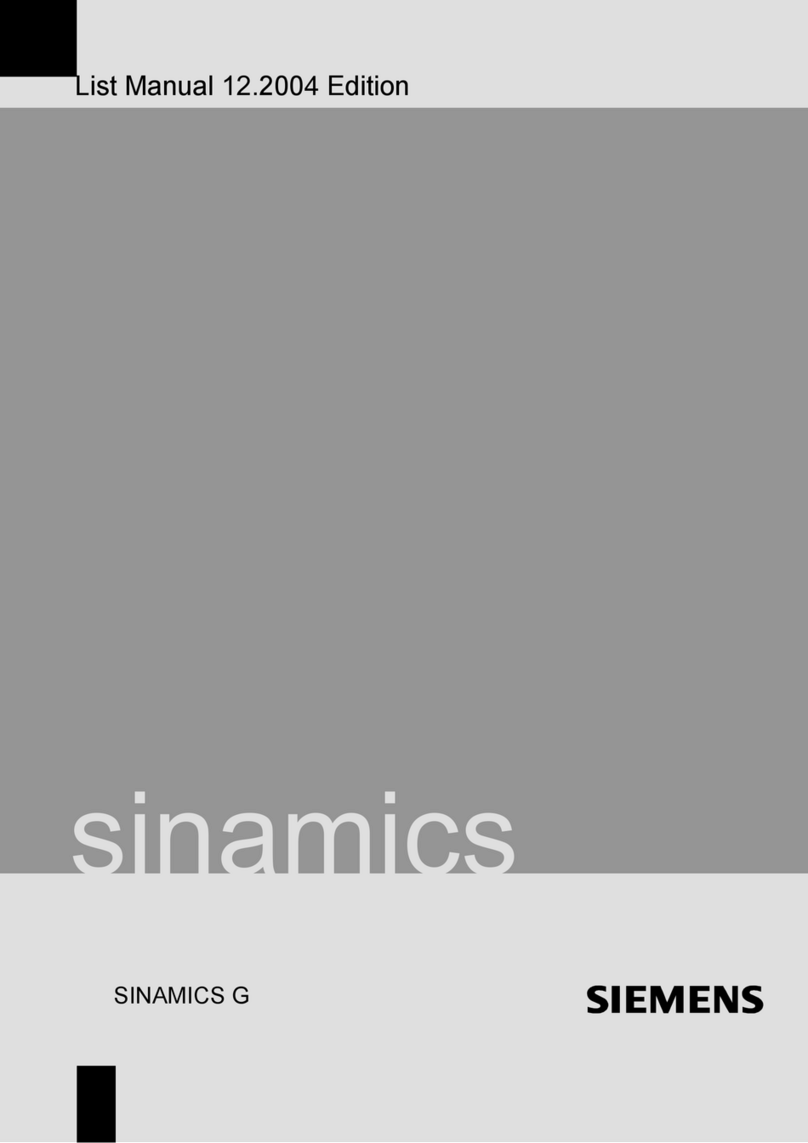
4
Perform periodical inspection to check that the aforementioned storage procedures have been taken properly, and that the storing methods
are correct.
(1) Return the product to normal conditions from those taken for storage (such as for the amount of special oil).
(2) Since bearings may partially run out of grease resulting from the grease hardening during long-term storage, be sure to turn the motor
shaft by hand from the fan side before operation, and check that there are no problems.
(3) Since exposed parts of rubber and/or resin parts in the oil seal, O-ring, and oil gauge, etc., may become deteriorated due to environmental
inuences, such as temperature, humidity, and/or ultraviolet rays, check those parts before resuming operation. If any deterioration is
found, replace with new ones.
Rust-proong interval Within one year (our shipping standard) Over one year to less than three years (our recommendation)
Instructions at ordering No particular instructions are necessary “Special rust-proong specications” need to be instructed
Rust-proong area Rust-proong procedures at factory
shipping Rust-proong oil agent Rust-proong procedures at
factory shipping Rust-proong oil agent Procedures after shipping
Exposed parts of the
product, input/output
shafts, and ange
section
Input/output shafts
After rinsing, wrap plastic tape
around.
Flange section
After rinsing, apply the rust-
proong oil agent to it, and pack
the whole part with a plastic bag.
JIS K2246 NP-2
Idemitsu Daphne Evercoat PL,
or equivalent
Input/output shafts
After rinsing, apply the rust-
proong oil agent to them, and
wrap plastic tape around.
Flange section
After rinsing, apply the rust-
proong oil agent to it, and pack
the whole part with a plastic bag.
Equivalent to JIS K2246 NP-19
Taiyu Sabiden SAP D-15K, or
equivalent
Check the condition of the rust-
proong one year after shipping,
and re-apply the rust-proong
oil, if necessary.
After that, carry out the same
procedure every year.
Inside
of the
product
Grease Special grease supplied at shipping - Special grease supplied at shipping - No special procedures are
necessary
Oil
Special oil supplied at shipping
(The air breather has been sealed) -
Add special oil thoroughly
inside the housing.
(The air breather has been sealed)
-
Take the same procedures as in
the left, two years after shipping.
When starting operation, replace
with new oil, and ll to the
specied level.
Supplied
oil
cooler
pump
unit
Water-cooled
system
Operate with special oil, and drain
oil at shipping.
(The air breather has been sealed)
Eliminate water from pipes
completely, dry, and seal the cooling
water openings.
-
Add special oil thoroughly inside
the unit.
(The air breather has been sealed)
Eliminate water from pipes
completely, dry, and seal the
cooling water openings.
-
Take the same procedures as in
the left, two years after shipping.
When starting operation, replace
with new oil.
Air-cooled
system
Operate with special oil, and drain
oil at shipping.
(The air breather has been sealed)
-
Add special oil thoroughly inside
the unit.
(The air breather has been sealed)
-
Take the same procedures as in
the left, two years after shipping.
When starting operation, replace
with new oil.
Storing Precautions
If you do not plan to use the product immediately after purchase, store it under the following precautions.
To store temporarily
To store for a long period of time
Inspection during storage
Inspection before resuming operation
(1) Store the product in a clean and dry place.
(2) If you store the product outdoors or in a humid place, put it in a box, seal the box, and cover with plastic sheets.
(3) When storing, attach a red rubber stopper into the air release plug, or set a plug stopper to prevent humidity from entering the product.
1) When storing the product in outdoor areas subject to a lot of rain and/or humidity after installing on the site
(1) Cover the whole product with a water-proof sheet, and x the sheet securely to prevent it from coming off due to strong wind, as well as
to avoid entering rain and/or dust from clearance gap.
(2) If moisture is expected to evaporate from the ground, put the water-proof sheet underneath to prevent exposure to humidity from the
evaporation, lling inside the sheet.
(3) When storing, attach a red rubber plug into the air release plug, or set a plug stopper to prevent humidity from entering the product.
(4) Set the cover on the motor terminal box, and seal the lead wire openings to avoid humidity from entering through the terminal box to the
inside of the motor.
2) When storing the product indoors
When there is less humidity, cover the product with a plastic bag, etc., and follow the procedures described in (3) and (4) above.
3) When storing the product for a long period of time, over a year, special rust-proong specications are required in addition to the above
procedures.
4) Rust-proong intervals and procedures
Note : Only when the export rust-proong specications or instructions are given, rust-proong oil is applied to the input/output shafts even in less than one year.
